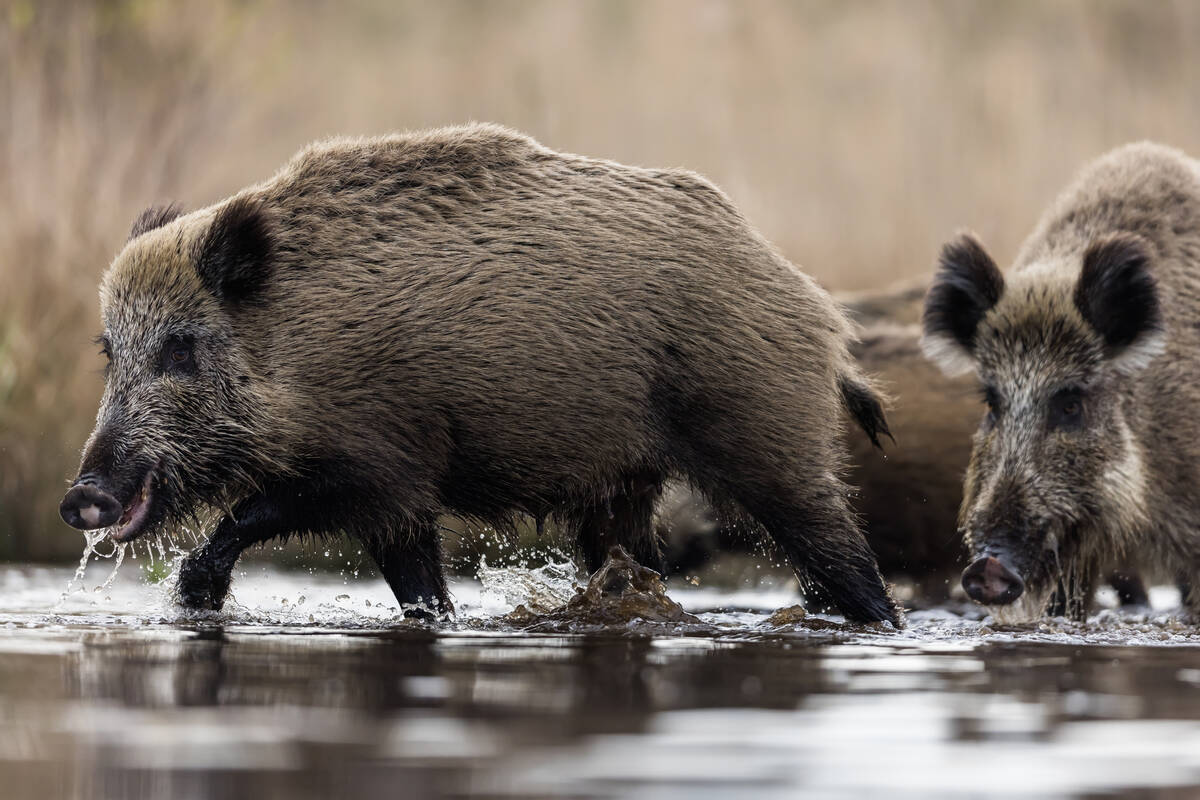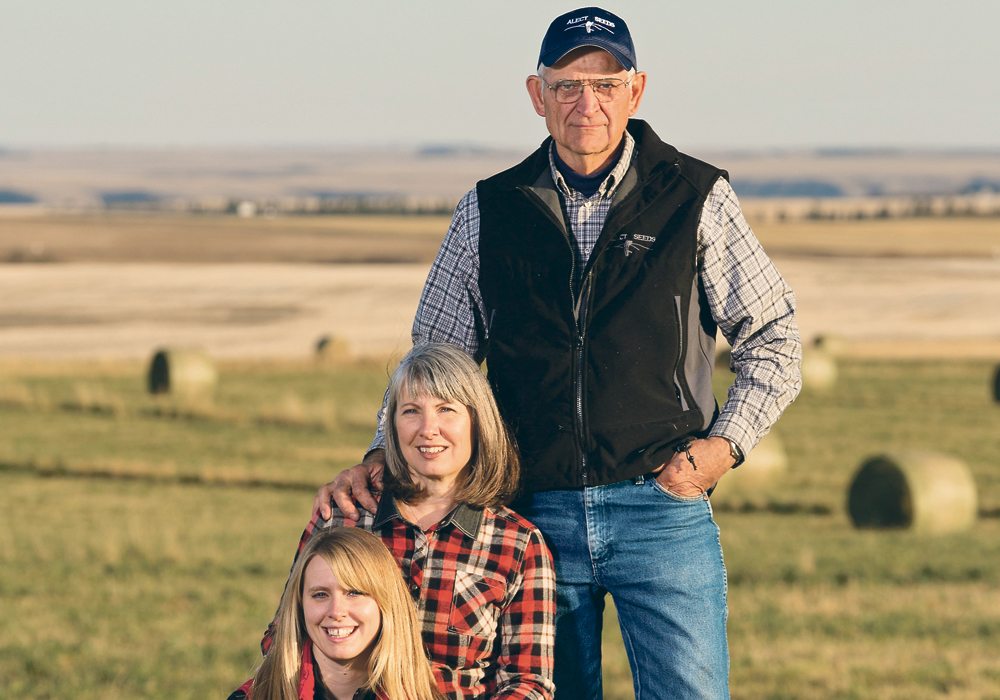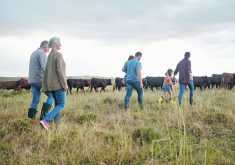Figuring out how to best transition the farm from parents to children can be daunting, but an easy-to-understand plan can help families achieve their goals.
One such plan, laid out by succession expert Merle Good, comes with crucial steps and rules when the family is figuring out if they want to incorporate, establish a joint venture or set up a standard partnership.
Before they pick a business model, Good said the family must first define who will be responsible for what and how compensation will work. They can ask each other for advice, but one can’t take over another’s task. As well, family members must decide if they want to share production and marketing or keep those separate.
Read Also

Manitoba bans wild boar possession
Manitoba has tightened the regulatory status of Eurasian wild boar in an effort to help fight back against invasive wild pigs.
“You have to draw those lines in the sand,” Good said. “It’s important that if one person takes on the lead in one area that the others who aren’t leading take direction.”
Once that’s settled, the family should have a good idea on what business structure works best for them. Each one comes with pros and cons, depending on how the family wants to split operations. As well, each structure has different taxation and liability rules.
Following that, Good said it’s crucial that parents agree they’ll receive farm equity, not a rate of return, when they retire. This allows the child to fully own the farm over time, he said, because the child or corporation will slowly buy back the shares from the parents.
Finally, when parents die, he said all of their equity in equipment and inventory must be transferred to the child who is farming.
“I look at that type of equity like a pension,” he explained. “When a husband dies, the wife gets 60 percent, and when they both die, income streams get cut off. So, operational equity that’s separate from the estate should be transferred to the child who is farming.”
As well, he has a few rules for when it comes to dealing with land.
While he said it can be divvied out however the family sees fit, non-farming children who get land must sign a lease agreement with the farming sibling so it can be farmed for a few years. If a non-farming child wants to sell, the farming child can buy it for 75 percent of its appraised value.
He said all of these terms can be worked out in writing when the family sits down to talk about transitioning.
“It can be a simple thing,” Good said, explaining that the best time to start talking about a succession plan is when families want to incorporate or create a new business structure.
“I like to call it one agronomic mind. It’s OK if different incomes are coming in from the child and parent, but they have to operate the farm as one business.”
While it might sound easy on paper, Good said families can expect a few stumbling blocks, especially when it comes to figuring out responsibilities.
Sarah Hoffmann, a seed grower near Three Hills, Alta., knows what it’s like to experience some confusion when dividing roles with her parents.
She said when she and her dad, Garry Weigum, were determining responsibilities, they decided that Hoffmann would fill out the production report for crop insurance. But because their communication wasn’t totally clear, the deadline to get it done was fast approaching and she had not yet completed it.
“He was happy to turn over some decision-making to me but there was confusion at times,” Hoffmann said. “Was I the boss or was he the boss? When you’re working with parents, there are multiple roles. They are your parent and you are their kid but, at the same time, you sort of have to put that aside when it comes to the business.”
Hoffmann and her dad eventually got through it, drawing clear lines as to who would be doing what. As well, her ownership of their company will grow as her parents’ shares return to her overtime.
“They could still out-vote me, but that’s not how we run things. There’s a clear plan of how much value in the company belongs to them and how much belongs to me,” she said. “It’s quite defined, so that both of us feel comfortable and we’re not feeling like one is being taken advantage of.”
How to transition the farm
- Define who will be responsible for what and how compensation will work.
- Choose your business structure: a corporation, a joint venture or a standard partnership.
- Parents must agree to receive farm equity rather than a rate of turn.
- When parents die, all of their equity mst be transferred to the child who is farming.
















